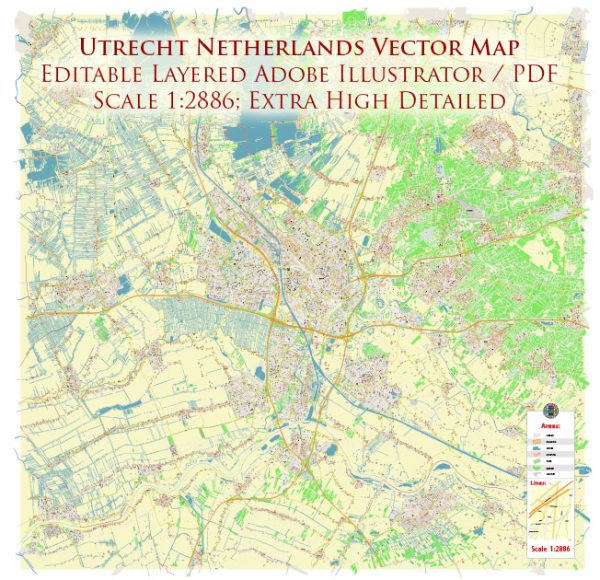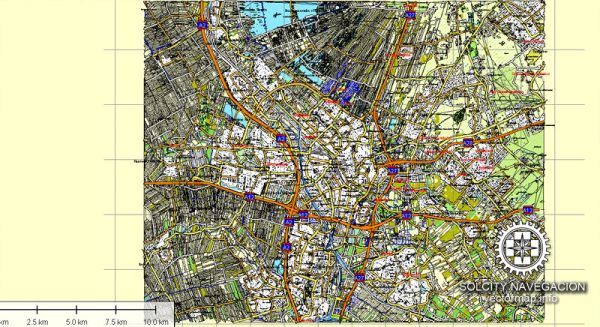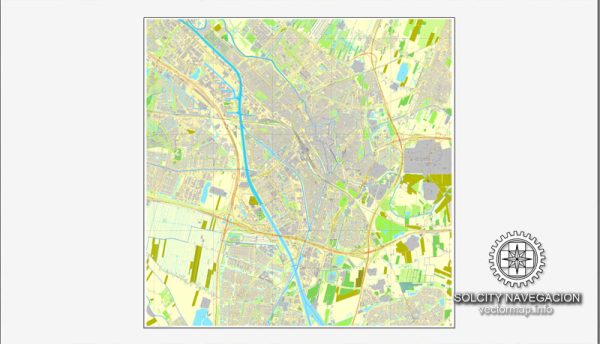Utrecht, one of the oldest cities in the Netherlands, has a rich history of urban development that spans over two millennia. Here is an overview of the key phases in the history of Utrecht’s urban development:
- Roman Origins (1st Century AD):
- Utrecht’s history dates back to Roman times when a fortress, known as Trajectum ad Rhenum, was established along the Rhine River around the 1st century AD. This fortress played a strategic role in the Roman Empire’s northern defenses.
- Early Medieval Period (5th – 12th Centuries):
- After the fall of the Roman Empire, Utrecht became part of the Frankish Kingdom. The city’s cathedral was founded in the 7th century and became a center of religious and political power.
- Utrecht’s location at the crossing of important trade routes contributed to its growth as a trade center.
- Bishopric and Cathedral City (12th – 16th Centuries):
- Utrecht became a bishopric in the 12th century, and the construction of the iconic Utrecht Cathedral (Dom Church) began in the 13th century. The city’s skyline was dominated by the cathedral and its accompanying Dom Tower.
- The medieval city expanded, with canals and city walls being constructed for defense. Utrecht became an important religious and cultural center during this period.
- Golden Age (17th Century):
- During the Dutch Golden Age, Utrecht flourished economically and culturally. The city became a hub for arts and sciences, and its university, founded in 1636, played a crucial role in this intellectual development.
- The canal system was further expanded, and many of the historic buildings and canals that characterize Utrecht today were constructed during this period.
- Decline and 19th Century Urban Renewal:
- In the 18th century, Utrecht experienced a decline in economic importance. However, the 19th century brought a renewed focus on urban planning and development.
- The construction of new streets, squares, and public buildings aimed to modernize the city. The introduction of railways further connected Utrecht to the rest of the Netherlands.
- 20th Century and Post-War Period:
- Utrecht continued to evolve in the 20th century. Urban expansion, modernization of infrastructure, and the development of new neighborhoods characterized this period.
- The city faced challenges during World War II, including damage to historic buildings, but post-war reconstruction efforts contributed to Utrecht’s revitalization.
- Contemporary Urban Development:
- In recent decades, Utrecht has been at the forefront of sustainable urban development. Initiatives include the promotion of cycling, investment in public transportation, and the development of green spaces.
- The historic city center remains vibrant, with a mix of medieval architecture and modern amenities. Utrecht has also become a center for technology and innovation.
Throughout its history, Utrecht’s urban development has been shaped by its strategic location, religious and cultural significance, economic activities, and a commitment to preserving its rich architectural heritage while adapting to modern needs. Today, Utrecht stands as a dynamic and culturally rich city in the heart of the Netherlands.




 Author: Kirill Shrayber, Ph.D.
Author: Kirill Shrayber, Ph.D.